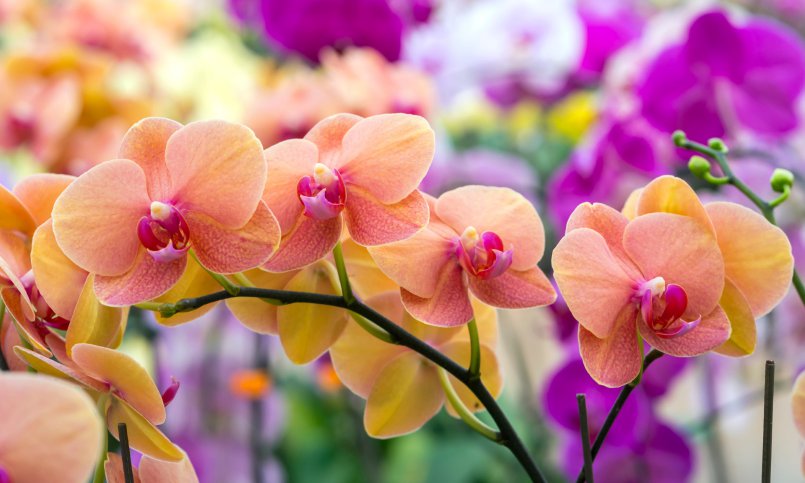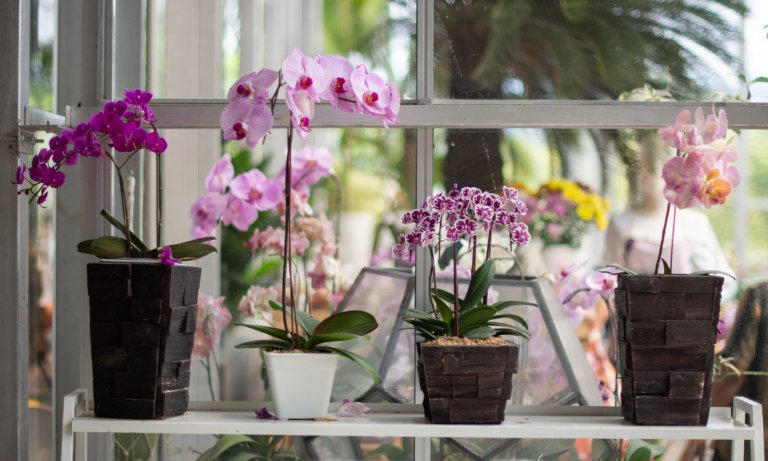There are roughly 30,000 types of orchids, and when you throw in the hybrid varieties, that number grows to more than 150,000. Orchids have been around for millions of years and come in a variety of shapes and colors.
They also smell fantastic!
So how often can we expect them to bloom? And can we give them a helping hand to make them flower again?
Do Orchids Rebloom?
Even if your orchids are already flowerless, you can still tell what type they are with a little research. Once you learn this, you can suitably care for the plant. Most orchids bloom one to two times per year, and these blooms can last anywhere from 7 days to 120 days or more.
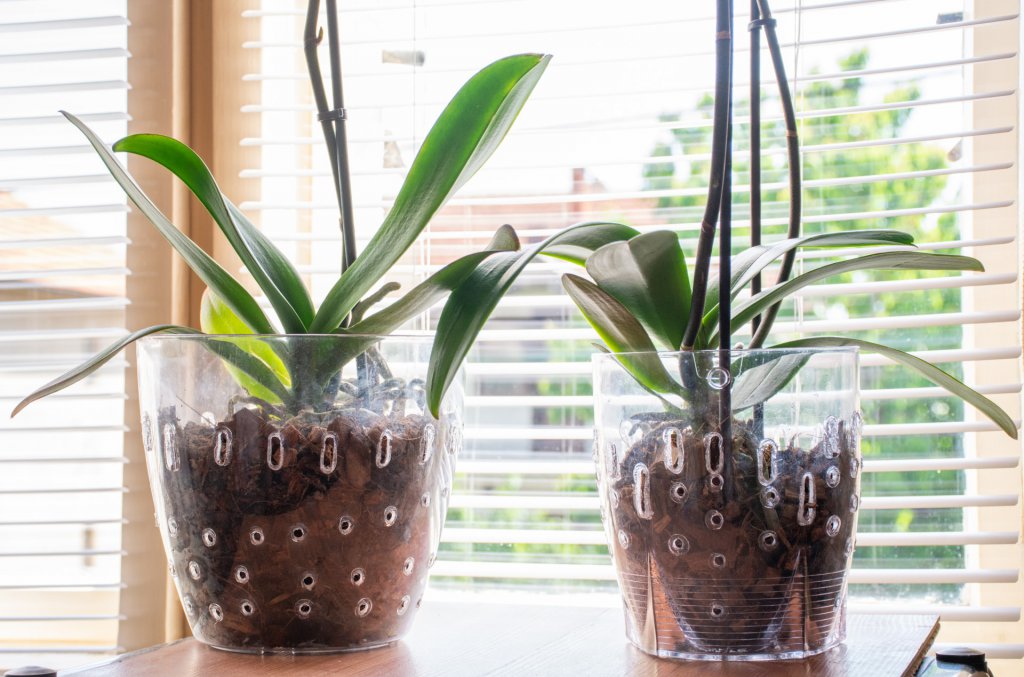
Many orchids bloom from January to March, although some bloom during the fall months. Most orchids are perennials and keep their leaves for many years, while some shed their leaves annually.
Once the flowers fall off of the plant, it is considered to be in a dormant stage. This stage typically lasts six to nine months, so don’t throw away your orchids just because they’re not currently blooming, because they will return!
How Long Do Orchids Last?
Most orchids have flowers that bloom from two to three months, but they do not die just because the flowers fall off. If taken care of in the right way month after month, many orchids can last for decades.
During the dormant stage, you must continue to care for them properly until they start to bloom again. Here are some things you can do during this period:
- Keep your orchids in a place where it stays between 55 and 65 degrees Fahrenheit.
- Use a fertilizer on them regularly; preferably a 20-20-20 balanced houseplant fertilizer.
- Once a plant reaches 5″, place it against a spike, so it grows correctly.
- Make sure it continues to get the right amount of indirect sunlight and water.
- On the weeks you fertilize the plant, you can skip watering.
- Keep in mind that the plant is just resting and not dead; be patient because it will return!
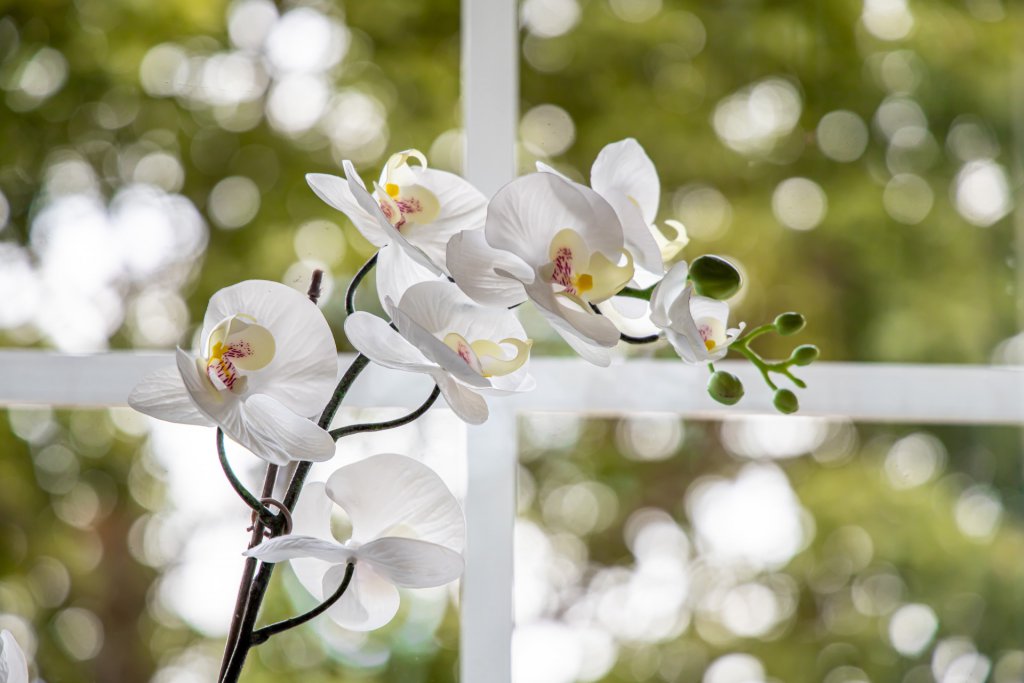
If the flowers don’t start to grow back when they should, simply move the plant to another location. It could be the location and corresponding light, humidity, and so on, that is preventing it from blooming again.
Caring for Orchids After Flowering
Orchids are found naturally in tropical areas, but that doesn’t mean they love water. In fact, it is crucial not to put too much water in the soil of these plants. You shouldn’t even mist them with water in most cases.
After flowering, there are a few things you can do to create the perfect environment for them:
- Always use a flower pot with drainage holes; this serves several purposes, including more efficient drainage, less root rot and wilted leaves, and less salt buildup in the pot.
- Moss-based potting works best because it retains moisture better.
- Always place pots in the south or east windows in your home.
- Your home’s temperature should remain 60 to 75 degrees Fahrenheit with 40% to 60% humidity.
- Gentle air circulation contributes to orchids’ growth (an oscillating fan or open windows).
- Orchids should be watered from several times a week to once every several weeks, depending on the moisture in the soil.
- Fertilize them once a month when they’re flowering.
Every few days, you can insert several fingers into the soil, then remove them and rub your fingers together. If you feel moisture afterward, there is no need to water the plant. Once you rub your fingers together and they’re dry, it is time to water your orchids once again.
Pests and Diseases
In addition to these things, you should also be aware of any pests or diseases that might present themselves during this phase.
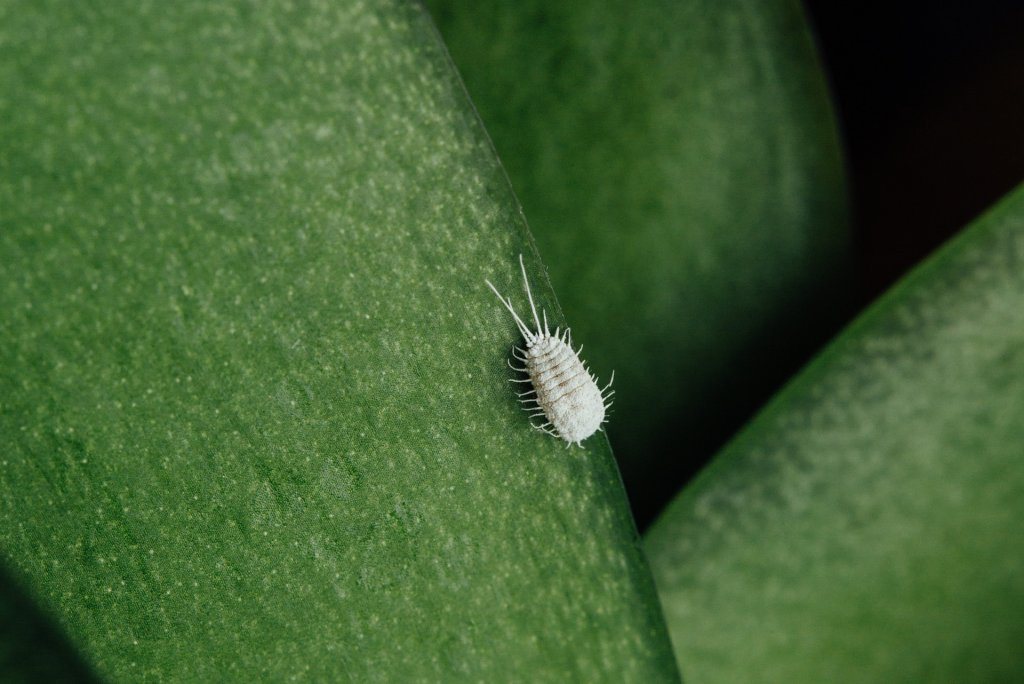
Many bugs can be removed by hand. You can wash the leaves and stems with mild soap and water afterward to make sure they’re all gone. You can also use a pesticide or fungicide if the problems continue, but make sure the brand you buy is made explicitly for orchids and won’t kill them in the process.
How to Make Orchids Bloom Again
After the flowers have fallen off, you can prune the plant because in most cases, orchids will not bloom again on the same stem. You can cut the stems just above the bottom two nodes if you have a standard Phalaenopsis orchid.

If your orchids have pseudobulbs (thickened stems at the base of each growth), cut them just above the pseudobulb. Finally, cut the stem off at the top of the potting soil for all other varieties of orchids.
The critical thing to remember is that your orchids still need some TLC in the dormant stage. If you take good care of them when they are “resting,” they should have no problems blooming again and again in the future.

